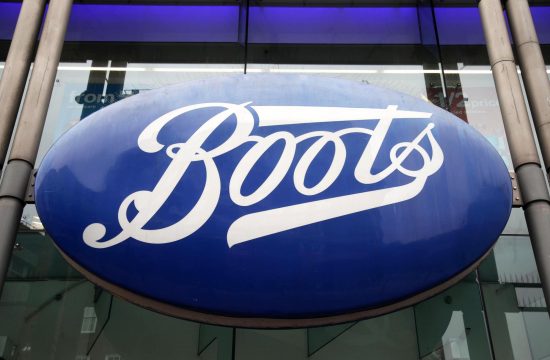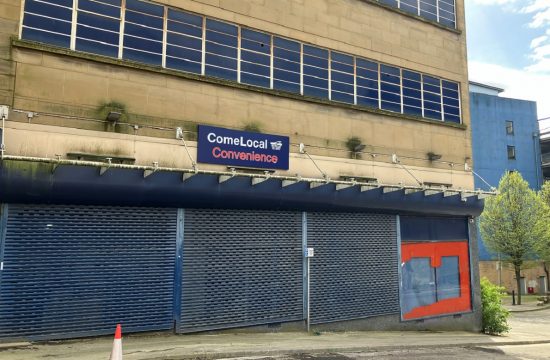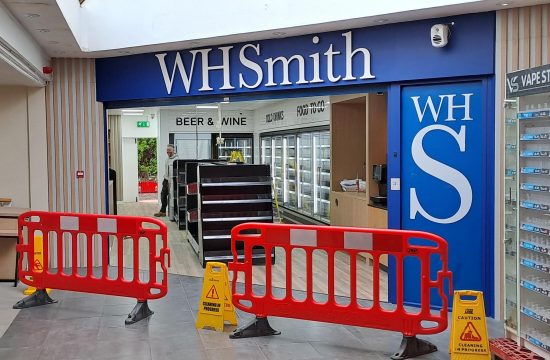More than 400 Wilko stores are at risk of closure across the UK after it was revealed last week the business is set to enter insolvency.
Wilko Chief Executive Officer Mark Jackson last week revealed the company expected to enter insolvency after failing to secure a takeover to help the business with “mounting cash pressures”.
Wilko filed a notice of intention to appoint administrators at the High Court last Thursday (August 3).
Wilko currently has 408 stores across the UK and last week’s insolvency news puts around 12,000 jobs at risk.
Insolvency means you can’t afford to pay back your debts at the time they’re due.
There are several solutions available if you’re insolvent including administration and liquidation.
Real Business Rescue, explaining the difference between the two, said: “While liquidation and administration are both formal insolvency processes, the key difference is that administration looks to rescue viable elements of the business to allow trade to continue.
It added: “While liquidation is simply a way of closing a company in an orderly manner.”
What is liquidation?
According to Gov.uk liquidating, also referred to as ‘winding up’, is when a company stops doing business and employing staff and uses assets to pay off any debts.
The Gov.uk website reads: “You can choose to liquidate your limited company (also called ‘winding up’ a company).
“The company will stop doing business and employing people. The company will not exist once it’s been removed (‘struck off’) from the companies register at Companies House.
“When you liquidate a company, its assets are used to pay off its debts.
“Any money left goes to shareholders. You’ll need a validation order to access your company bank account.
“If that money has not been shared between the shareholders by the time the company is removed from the register, it will go to the state.”
There are three types of liquidation:
- Creditors’ voluntary liquidation – a company cannot pay its debts and it involves creditors to liquidate it
- Compulsory liquidation – a company cannot pay its debts and it applies to the courts to liquidate it
- Members’ voluntary liquidation – a company can pay its debts but wants to close
A company can apply for liquidation voluntarily or it may be forced into liquidation if it cannot pay its debts.



























